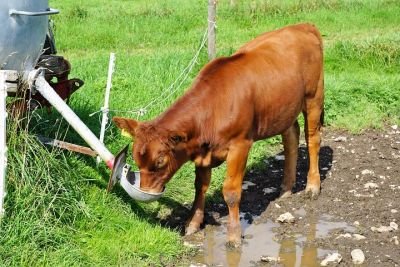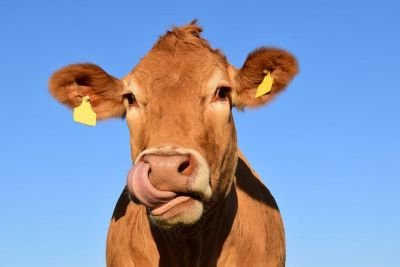
Calf food
After birth, at least 3 months of age, the calf should be fed regularly to mother's milk. A minimum of 10 percent weight of calf is a requirement of 2 liters of milk per day for 20 kg of calf. Otherwise calf's health will get worse and worms may be attacked. After two weeks, calves should be given soft green grass grass and grained food, stomach maturation and digestion will increase.
If the calf is a little bigger, it will give him extra nutritious food.
300 gram of rice, 300 grams of wheat gram, Khail 250 grams, Chitagund 150 grams of rice
Salt and vitamin 50 grams These will be sufficient enough to feed the straw, the mangoes and the pure cold water. At the age of six months, the calf should be treated as an antidote vaccine and worm medication.

Healthy cow's sign
Healthy animals are generally active, agile, aware about the situation and will continue to take regular steps. The physical structure is beautiful, the skin is smooth, shiny, sloppy. The back will be on a long and straight line, the eyes will be bright and there will be no dripping or pebbles in the eye, ears will stand up. Always push the trail to blow the fly, the breathing will be slow and regular, the 'jabber' will be used regularly during the rest.
General signs of the disease
If the animal becomes diseased, the body temperature decreases or increases. Breathing changes and reluctance to eat food. The chewing gum closes. The closet can be stiff or soft. When the ear hangs, the infected creatures look sad and unstable. Signs of watering, nausea, coughing, frequent urine, saliva, skin and hair loss, etc can occur.
The rest of my article on
"Cow Farm" is in the next post.
Imagesource
This cow not healthy.
This comment has received a 0.05 % upvote from @speedvoter thanks to: @jabed30.
You got a 100.00% upvote from @hotbot courtesy of @sharif24!